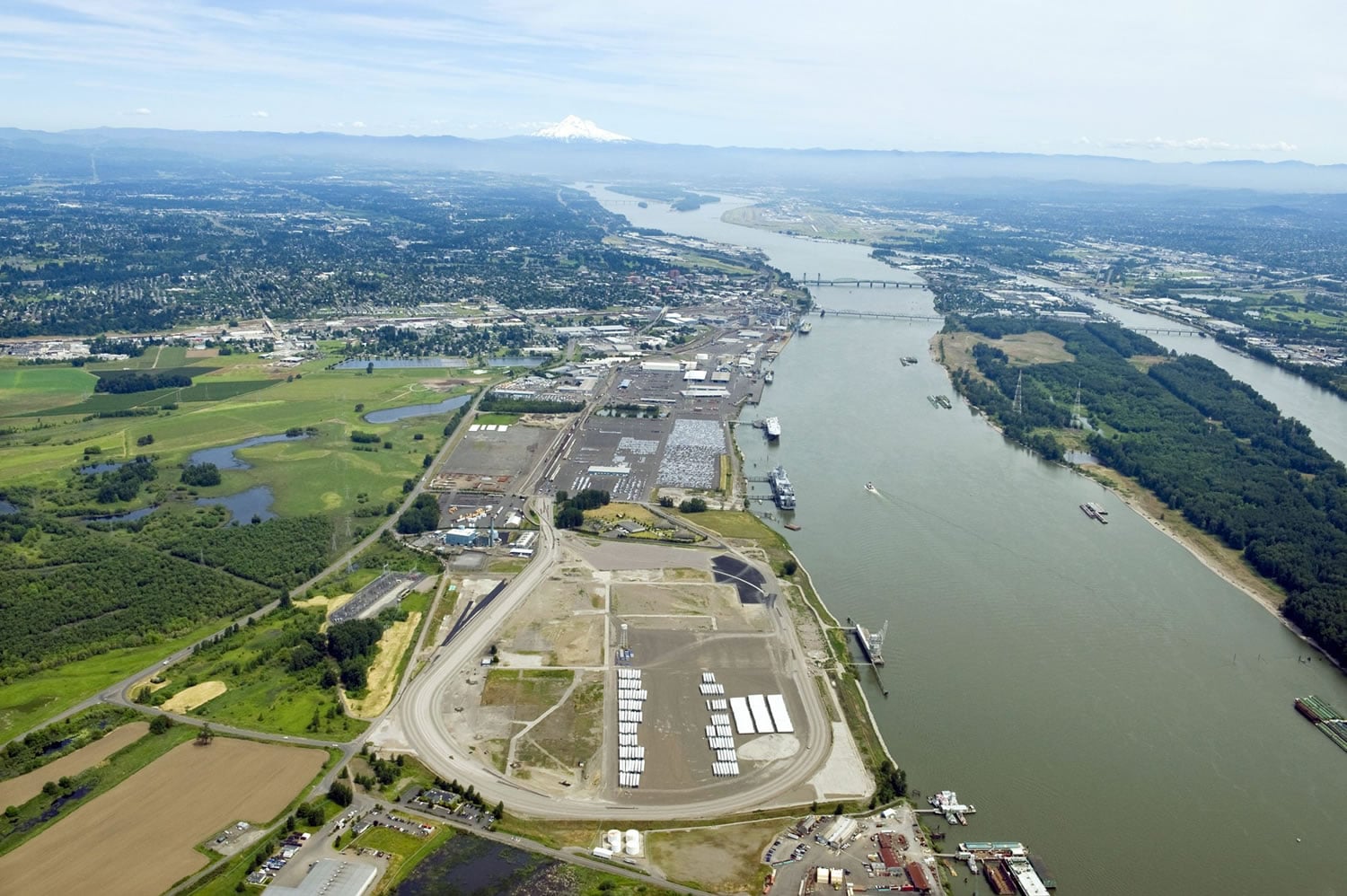Clark County’s industrial real estate market is on the mend, aided by a slowly improving economy, investments in infrastructure and a long pause in new construction.
Since the start of the year, more than 245,000 square feet of vacant manufacturing and warehouse space was rented and removed from the local inventory, said Bill Connelly, a vice president and managing broker with Eric Fuller & Associates Inc. in Vancouver. That brought the vacancy rate to 13 percent in March, down from 15 percent at the end of 2011.
Connelly considers industrial leasing an indicator of business health, signalling company expansions as the need for work space and storage space grows. Such expansions had been postponed since the start of the financial crisis in 2008. Now, the surviving businesses are beginning to shake off the fragile economy.
“Many of the remaining companies are actually improving their business,” said Connelly, who recently brokered a deal for janitorial supplier Golden Star to take up 23,500 square feet of space in the Quad 205 Distribution II industrial complex at 3809 N.E. 109th Ave.
The Michigan-based company had been looking for an opportunity to expand to drum up new West Coast clients.
“We’re right on the (Interstate) 5 corridor,” Connelly said. He said Quad 205 Distribution’s proximity to freeway onramps has helped fill the center. It is just one small lease away from being 50 percent full.
During the recession, “It was 93 percent vacant,” Connelly said.
Cargo infrastructure improvements
Industrial leasing is also beginning to flourish at the Port of Vancouver, where a $150 million railroad project is under construction. The port’s West Vancouver Freight Access project is a 27-mile expansion of rail tracks to speed cargo and handle more of it. The port wants to complete it by 2017.
The rail project and the newly completed $120 million Columbia River shipping channel deepening are attracting more industrial tenants to the area, Connelly said.
“The Pacific Northwest is a desirable place to be,” he said.
Connelly said the region’s high vacancy rates have kept industrial leasing rates about 20 percent lower than in other West Coast cities. It has helped land some of the county’s biggest leases, such as Sapa Extrusions’ transferring of 30 employees and part of its operation from Portland to 142,800 square feet of leased space at the Port of Vancouver.
“We started the move last fall,” said Lee Grignon, a company spokeswoman. Sapa’s Vancouver project is expected to bring 100 jobs to the region.
Other new tenants of the Vancouver port include Brewcraft USA, which leased 38,000 square feet for about 20 employees.
Industrial construction at the Port includes a facility for Farwest Steel Corp., which anticipates a fall opening for the steel fabrication plant it is building on land it purchased from the port.
Port managers also are negotiating with BHP Billiton to secure a long-term lease agreement so the company can build an export center for potash — a natural mineral fertilizer used to improve crop yields — on roughly 60 acres of the port’s 218-acre Terminal 5.
BHP Billiton expects to invest several hundred million dollars in the project and to create 40 jobs. It wants to start operating the facility by 2015.
Construction depends on credit
Other than the development at the port, Connelly said, industrial construction projects are nonexistent.
He said speculative development — projects built without tenants signed in advance — has been rare over the past three years. The trend could change with lowering vacancy rates. But that won’t happen without a more favorable lending environment, Connelly said.
Commercial lending continues to be stringent, as banks pay closer attention to the global financial situation.
“Typically, single-digit (vacancy rates) signal the start of building,” Connelly said. “That might not happen this time due to the lack of funding from the banking community.”



